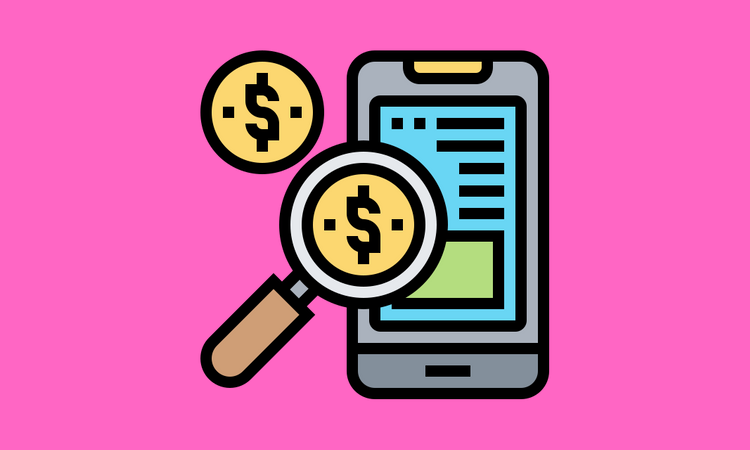Banking as a service
Non intuitive use case for Banking as a Service: Payroll Management
- Payroll Management might not be a field that springs to mind when discussing Banking as a Service.
- There's a strong use case payroll firms can adopt by using modern fintech.








